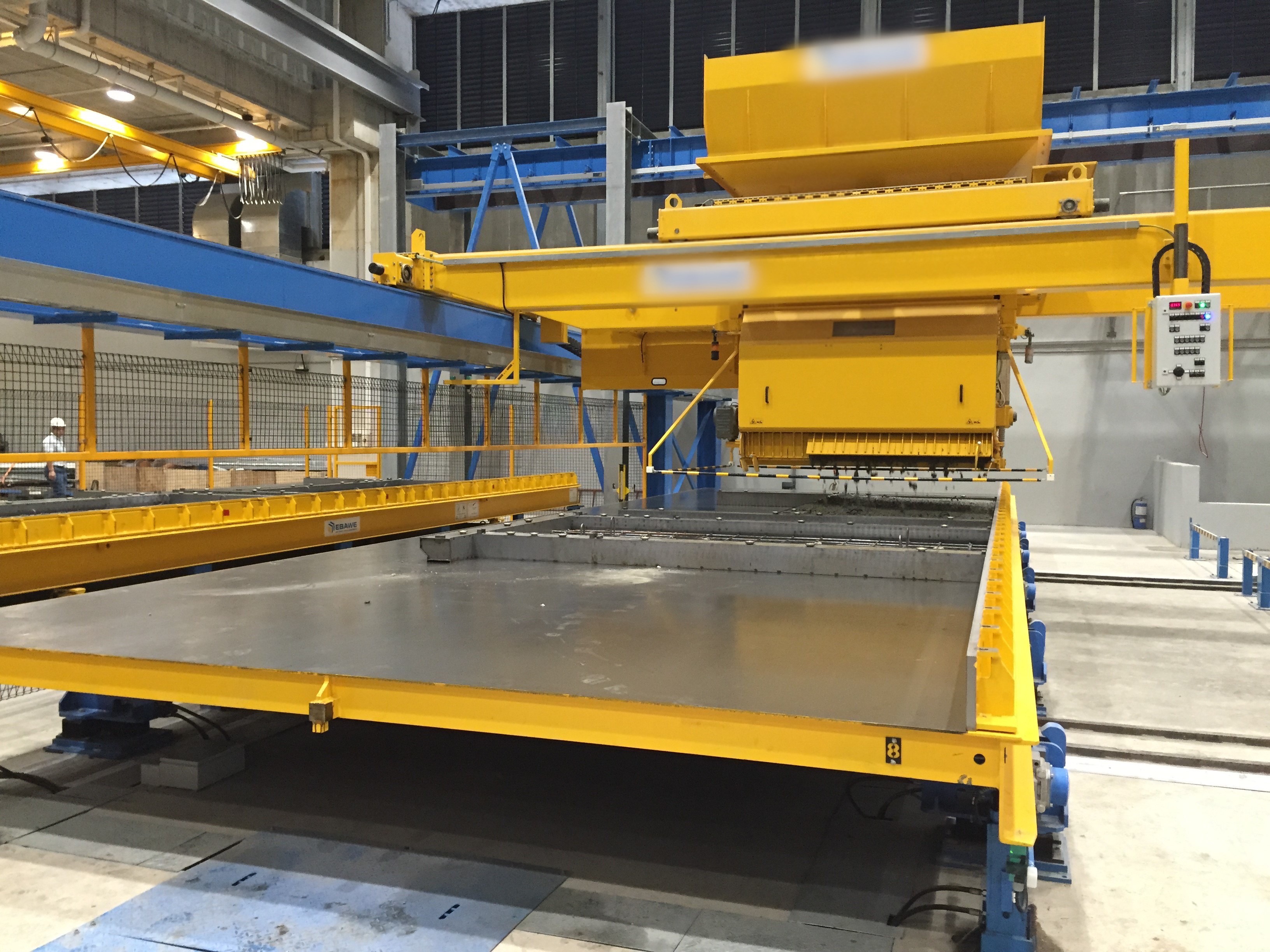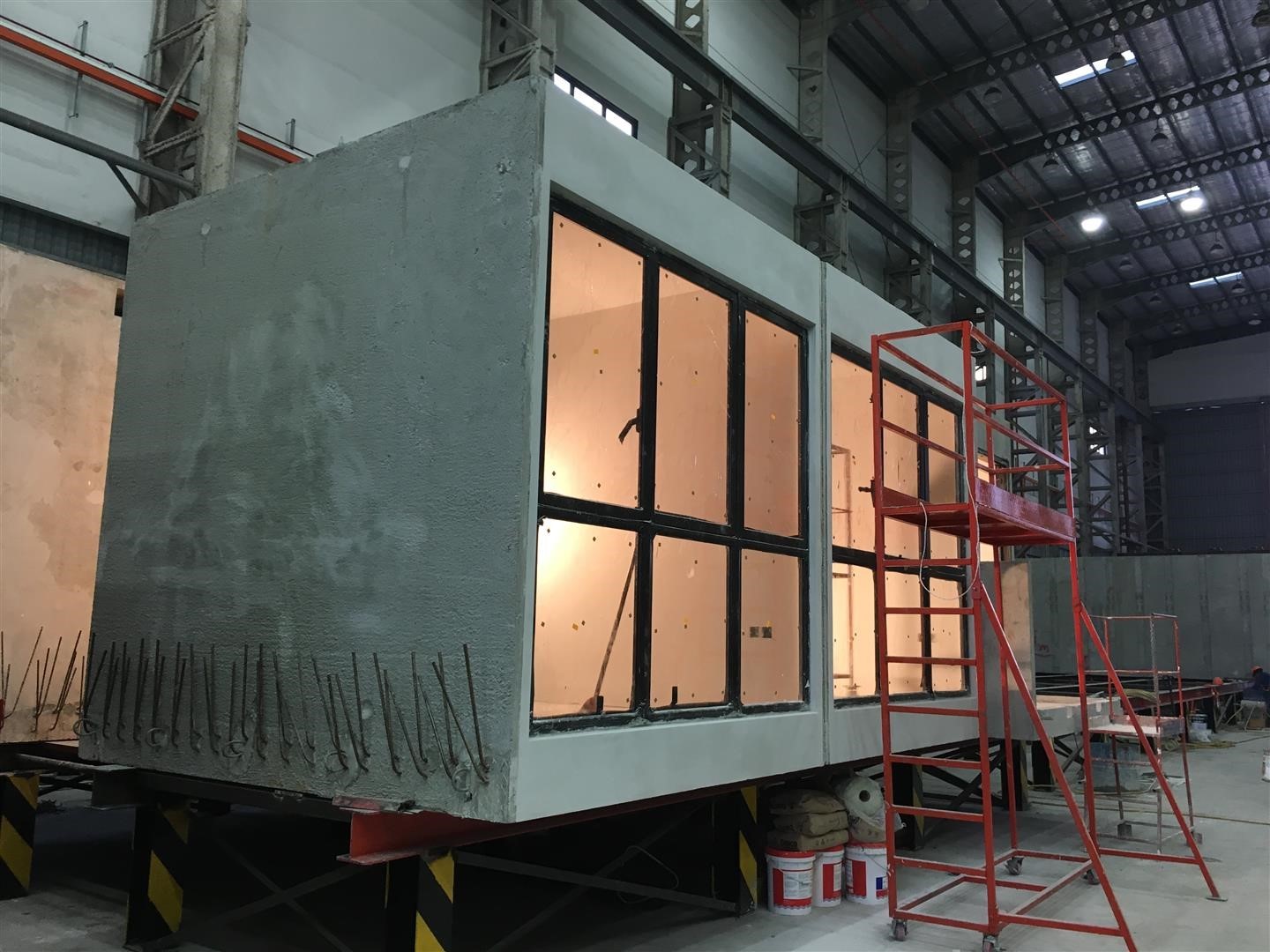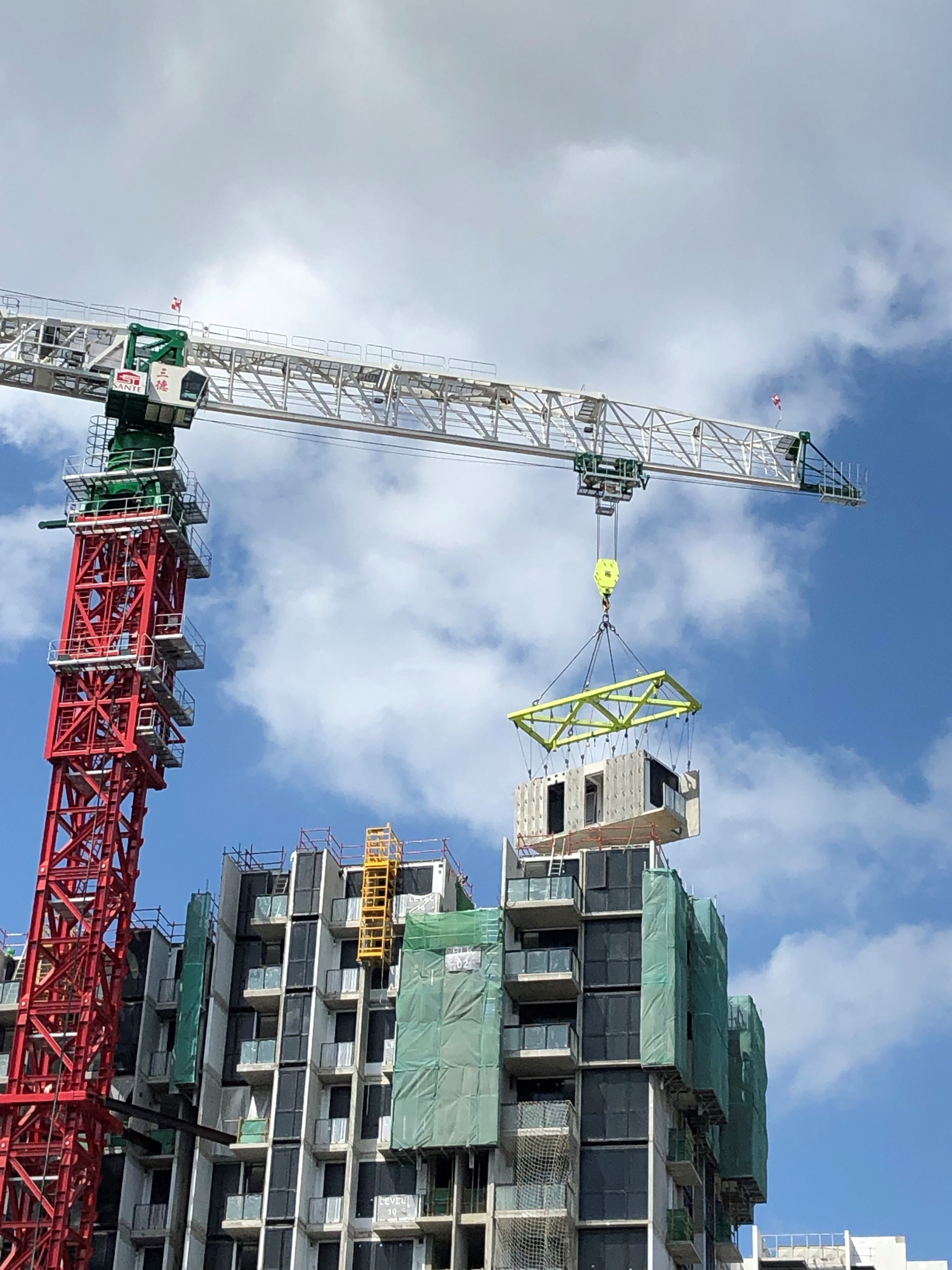It is a perennial challenge for the construction industry: How to build sustainably with greater worksite and resource efficiency to overcome manpower and materials constraints.
This does not just mean building faster, but also building smarter with the right tools. Such a boost in productivity makes business sense, increasing savings in time, cost and manpower.
What drives this productivity boost is technology. One game-changer is Design for Manufacturing and Assembly (DfMA), where pre-construction is done off-site in a controlled environment before on-site assembly. Such methods helped to enhance worksite productivity in Singapore by 19.5% in 2020, compared to 2010.
DfMA is among the key technology drivers laid out in the Construction Industry Transformation Map, which will pave the way for a more progressive and advanced sector.
DfMA was also highlighted in the Construction Productivity Research and Development (R&D) roadmap back in 2016, which identified 35 new technologies that will enhance building methods and sustain productivity improvements in the long run.
Under these plans, increased productivity will lay a firm foundation for the industry’s green future.
PROGRESSING SUSTAINABLY
Apart from speeding up construction time, DfMA technologies can also lower carbon footprints and net carbon emissions.
An exciting development has been the use of Mass Engineered Timber (MET), which is made from engineered wood harvested from sustainably managed forests. Importantly, it achieves up to 35 per cent in manpower savings on-site at the project level as it is prefabricated offsite.
Eunoia Junior College, the first high-rise school in Singapore to utilise MET for construction, is a showcase of DfMA technologies. Classroom floorings are built with a hybrid Timber—Concrete Slab System known as CREE, an innovative prefabricated structural floor system. By combining the benefits of reinforced concrete slabs and Glulam beams, vibrations are reduced and the structure remains lightweight.
With advanced innovation and technology, steel can also now be prefabricated by utilising highly accurate automation machinery or facilities. Structural Steel (SS), which can span greater distances without the need for intermediate columns or load-bearing walls, offers improved design flexibility. Better yet, it is 100% recyclable.
CREATING AN ECOSYSTEM
To develop an ecosystem for precast and prefabricated building components, Integrated Construction and Prefabrication Hubs (ICPHs) have been built in line with a masterplan.
As multi-storey advanced manufacturing facilities, ICPHs can execute high degrees of mechanisation and automation to produce prefabricated individual components and integrated sub-assemblies.
|
|
 Machinery used for the automated production of precast building components at Greyform, an Integrated Construction and Prefabrication Hub (ICPH). Machinery used for the automated production of precast building components at Greyform, an Integrated Construction and Prefabrication Hub (ICPH).
|
|
These include precast columns, beams and stairs; Prefabricated Bathroom Units (PBUs) and Prefabricated Prefinished Volumetric Construction (PPVC) modules.
PBUs are essentially prefabricated bathroom units that are assembled off-site with finishes, sanitary wipes and concealed pipes. This not only improves quality control, but also saves up to 60 per cent of manpower at the trade level.
Likewise, PPVC consists of free-standing, three-dimensional modules complete with internal finishes, fixtures, and fittings prefabricated off-site that are then installed on-site.
The growing number of projects that adopt PPVC has led to a surge in demand for consultants and builders who are familiar with PPVC technology, which improves productivity by up to 40 per cent in terms of manpower savings.
|
|
 A PPVC module being fabricated offsite before installation onsite for the 40-storey Clement Canopy condominium. It was the world’s tallest concrete PPVC building when it was completed in 2019.
A PPVC module being fabricated offsite before installation onsite for the 40-storey Clement Canopy condominium. It was the world’s tallest concrete PPVC building when it was completed in 2019.
|
|
|
|
 A PPVC module being installed onsite for The Tapestry condominium which was completed in 2021. A PPVC module being installed onsite for The Tapestry condominium which was completed in 2021.
|
|
DEVELOPING A SUPPORTIVE FRAMEWORK
Raising productivity is not just about innovations. It is also vital to have frameworks and work processes to support the introduction of these technologies.
At BCA, we have enhanced the Buildability Framework under the buildability legislation, which was first implemented in 2001 under the Building Control Act.
It aims to improve productivity, reduce site labour and raise the quality of completed projects under all three components of building works: structural, architectural, and Mechanical, Electrical and Plumbing (MEP).
BCA has also put the Building Innovation Panel (BIP) in place, which allows construction companies to receive assistance and support in expediting evaluations and obtaining regulatory clearance.
They are further protected by the Security of Payment (SOP) Act, which grants payment for work done and goods supplied. SOPA also acts as a fast and feasible adjudication system to resolve payment disputes.
In line with the goal of the Construction Industry Transformation Map, construction firms are now incentivised to utilise a variety of innovative methods in their construction projects.
WHAT LIES AHEAD
With more companies integrating DfMA into their projects, better quality projects are being built in a shorter time.
Such gains in productivity, quality and safety will be crucial as Singapore strives for sustainable growth in its Built Environment sector.